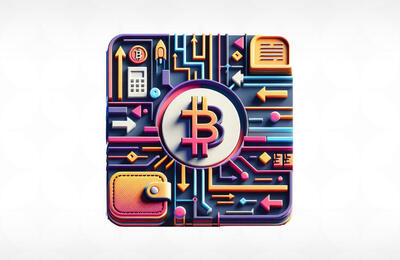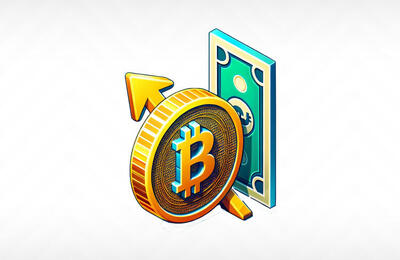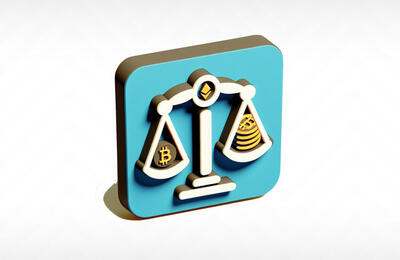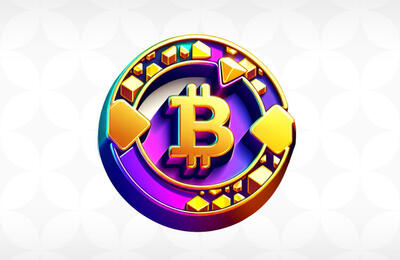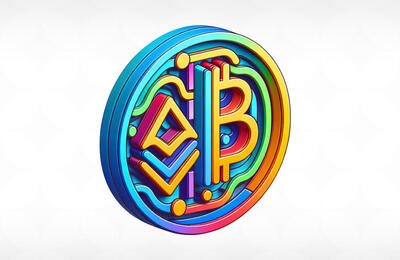
Welcome to the dynamic world of cryptocurrency, a realm where the future of finance is being written with the code of today. As we stand on the brink of a digital financial revolution, it's crucial to demystify the complex and often misunderstood world of digital currencies. Whether you're a student looking to navigate this new landscape, a curious enthusiast, or someone simply trying to understand what all the buzz is about, you've come to the right place.
In the midst of assignments, term papers, and the ever-present thought of having to find someone to write my essay USA style with a focus on innovation, it's easy to overlook the technological advancements happening around us. Cryptocurrency, however, is one such innovation that deserves our attention. It represents a significant shift in how we perceive money, transactions, and the very fabric of the financial sector.
Let's embark on this journey of understanding together, breaking down the complexities of cryptocurrency into digestible pieces. From its origins and how it works to its potential impact on our future, this guide is your starting point into the world of decentralized finance (DeFi).
What Is Cryptocurrency?
Cryptocurrency, at its core, is digital or virtual money represented by tokens or «coins.» Unlike traditional currencies issued and regulated by governments, cryptocurrencies operate on decentralized networks using cryptography for security and verification.
While some cryptocurrencies have physical manifestations, such as coins or cards, the vast majority remain entirely intangible, existing solely in digital form. The term «crypto» originates from the use of cryptography to secure and verify transactions and control the creation of new units. This cryptographic technology ensures the integrity and security of transactions, making them resistant to fraud and counterfeiting.
How Does It Work?
Cryptocurrency operates on a technology known as blockchain, which serves as a decentralized ledger spread across numerous computers or nodes. This distributed nature of the blockchain ensures that transactions are transparent, tamper-proof, and irreversible once recorded.
Each transaction is grouped into a «block» and added to the chain in chronological order, creating a permanent record of all transactions. The process of adding new transactions to the blockchain, known as mining, involves solving complex mathematical puzzles that require significant computational power. Miners are rewarded with newly created cryptocurrency units for their efforts, incentivizing them to maintain the integrity of the network.
The First of Its Kind: Bitcoin
Bitcoin, created in 2009 by an anonymous figure under the pseudonym Satoshi Nakamoto, stands as the pioneer of cryptocurrency and remains the most well-known and valuable. It introduced the concept of blockchain to the world and paved the way for a myriad of other digital currencies. Bitcoin operates on a peer-to-peer network, allowing users to send and receive payments directly without the need for intermediaries.
Its limited supply of 21 million coins, coupled with increasing adoption and scarcity, has contributed to its status as a store of value akin to digital gold. Despite its volatile price fluctuations, Bitcoin has garnered widespread acceptance and recognition as a legitimate asset class and medium of exchange.
Exploring the Cryptoverse: Beyond Bitcoin
While Bitcoin may reign supreme, thousands of alternative cryptocurrencies, or altcoins, exist, each with unique functionalities and purposes. Examples include Ethereum, Ripple (XRP), and Litecoin, which offer features beyond mere currency, such as smart contracts and faster transaction times.
Ethereum, for instance, introduced the concept of smart contracts, enabling developers to create decentralized applications (DApps) and decentralized autonomous organizations (DAOs). Ripple, on the other hand, focuses on facilitating fast and low-cost cross-border payments for financial institutions.
Litecoin, often referred to as the silver to Bitcoin's gold, offers faster transaction confirmation times and a different mining algorithm, making it more accessible to individual miners. These altcoins cater to diverse use cases and preferences within the cryptocurrency ecosystem, expanding the possibilities of blockchain technology beyond Bitcoin's original vision.
Why Are People Investing in Cryptocurrency?
Motivations for cryptocurrency investment range from the potential for substantial financial gains to the appeal of having a financial system outside government control. Cryptocurrency's decentralized nature, coupled with its ability to facilitate borderless and censorship-resistant transactions, resonates with individuals seeking autonomy and freedom from traditional financial institutions.
Additionally, the technology behind cryptocurrency, particularly blockchain, presents numerous applications beyond financial transactions, such as decentralized finance (DeFi) and non-fungible tokens (NFTs). These emerging use cases further fuel interest and investment in cryptocurrency, driving innovation and adoption across various industries.
The Flip Side: Volatility and Regulation
Despite its potential, the cryptocurrency market is notorious for high volatility, with prices capable of significant fluctuations within short periods. Factors such as market sentiment, regulatory announcements, and technological developments can all influence price movements, leading to both rapid gains and losses for investors.
Furthermore, regulatory uncertainty looms large, with governments worldwide taking differing approaches to cryptocurrency regulation. While some countries embrace cryptocurrencies as legitimate financial assets, others impose strict regulations or outright bans on their use and trading. This regulatory fragmentation poses challenges for investors and businesses operating in the cryptocurrency space, impacting market stability and investor confidence.
As the cryptocurrency market matures, regulatory clarity and stability are crucial for fostering mainstream adoption and investor protection.
Cryptocurrency and Its Role in the Future of Finance: DeFi
Decentralized Finance, or DeFi, represents a paradigm shift from traditional, centralized financial systems to peer-to-peer finance enabled by blockchain technology. DeFi applications aim to replicate traditional financial services, such as banking and lending, but without the need for intermediaries.
This disintermediation of financial services not only reduces costs and improves efficiency but also promotes financial inclusion by providing access to banking services for the unbanked and underbanked populations worldwide. DeFi platforms offer a wide range of services, including decentralized exchanges (DEXs), lending and borrowing protocols, liquidity pools, and yield farming opportunities.
Final Thoughts
The journey into the world of cryptocurrency is both exciting and daunting. As we look toward a future where digital currencies could become a standard part of our financial system, the importance of understanding this new technology cannot be overstated.
For students and beginners alike, diving into the world of cryptocurrency offers a unique opportunity to be at the forefront of a significant shift in the global financial landscape. Remember, the realm of cryptocurrency is vast and ever-evolving. Staying informed, cautious, and open-minded will help you navigate its waters well.


